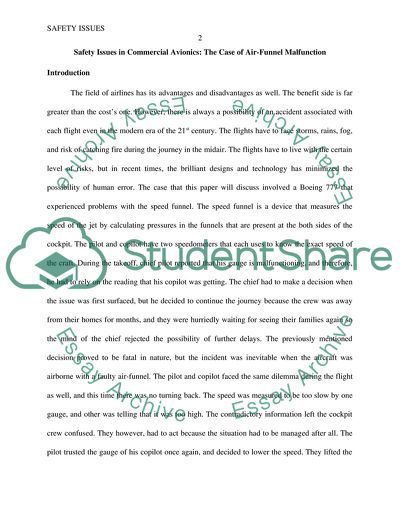Cite this document
(Safety Issues in Commercial Avionics: The Case of Air-Funnel Coursework - 1, n.d.)
Safety Issues in Commercial Avionics: The Case of Air-Funnel Coursework - 1. https://studentshare.org/technology/1844894-research-project
Safety Issues in Commercial Avionics: The Case of Air-Funnel Coursework - 1. https://studentshare.org/technology/1844894-research-project
(Safety Issues in Commercial Avionics: The Case of Air-Funnel Coursework - 1)
Safety Issues in Commercial Avionics: The Case of Air-Funnel Coursework - 1. https://studentshare.org/technology/1844894-research-project.
Safety Issues in Commercial Avionics: The Case of Air-Funnel Coursework - 1. https://studentshare.org/technology/1844894-research-project.
“Safety Issues in Commercial Avionics: The Case of Air-Funnel Coursework - 1”. https://studentshare.org/technology/1844894-research-project.


